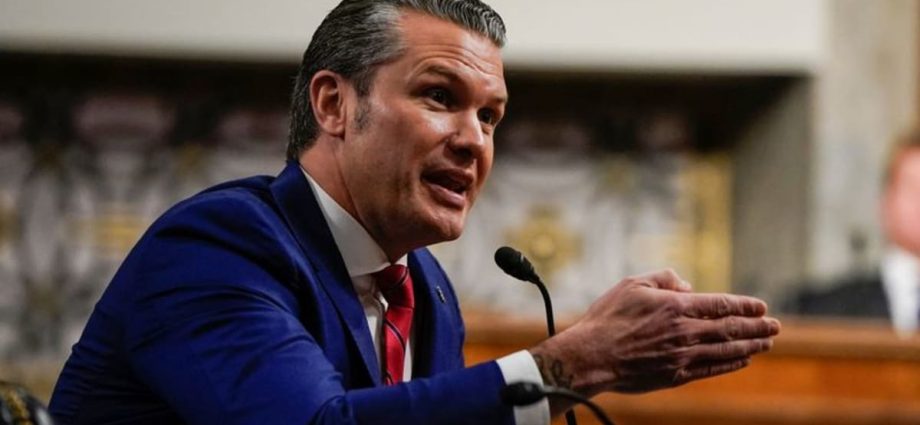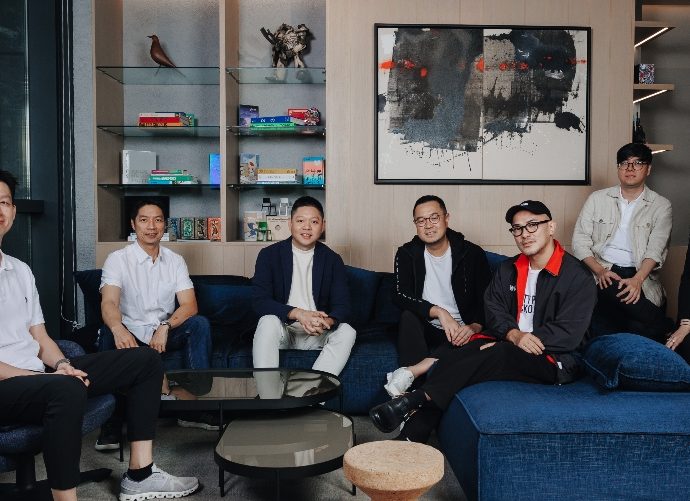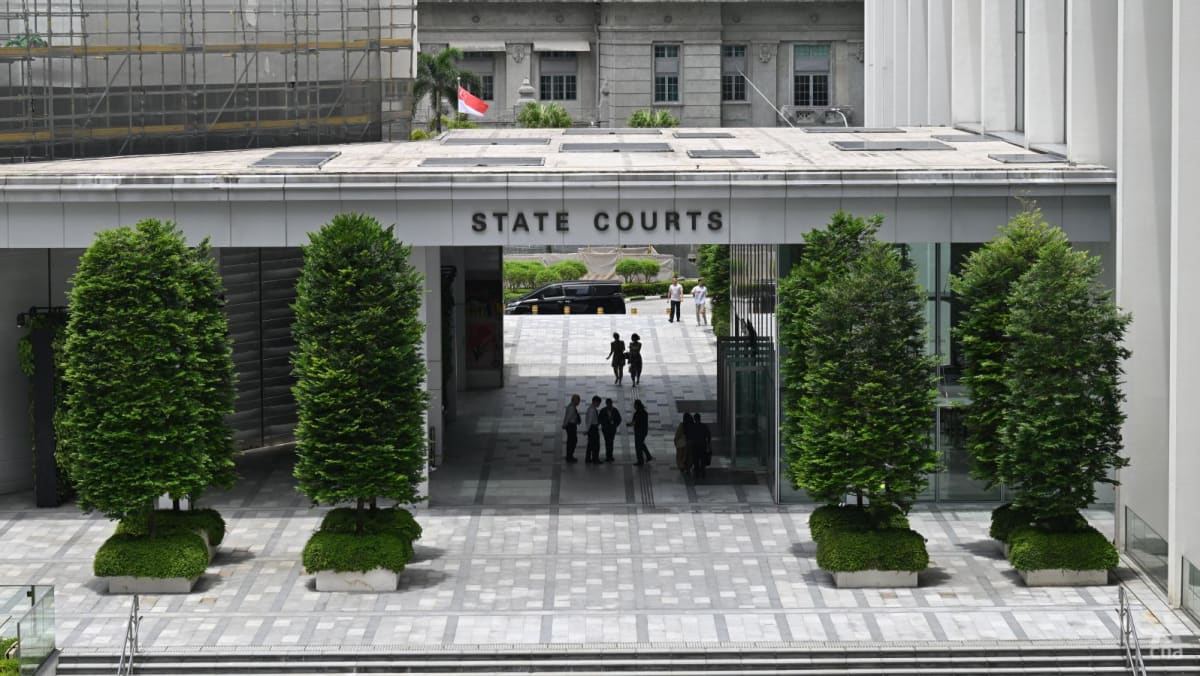Trump’s defence secretary nominee Hegseth criticised after ASEAN gaffe
Even taking to X to denounce Hegseth, former Democrat US Representative Debbie Mucarsel-Powell said:” Hegseth didn’t name one nation that’s part of ASEAN and he doesn’t know any of the US global surveillance contracts. America, if you want peace and security, this ain’t it”! One of the most contentious nomineesContinue Reading

















 When my British university professor gave me a copy of” The Google Story,” twenty years ago, I began my entrepreneurial journey in Helsinki, Finland’s capital. I finished it in one sitting because I was thus captivated by it. I even wanted to own such a business. But people kept telling me:” You are not in Silicon Valley”.
When my British university professor gave me a copy of” The Google Story,” twenty years ago, I began my entrepreneurial journey in Helsinki, Finland’s capital. I finished it in one sitting because I was thus captivated by it. I even wanted to own such a business. But people kept telling me:” You are not in Silicon Valley”.
